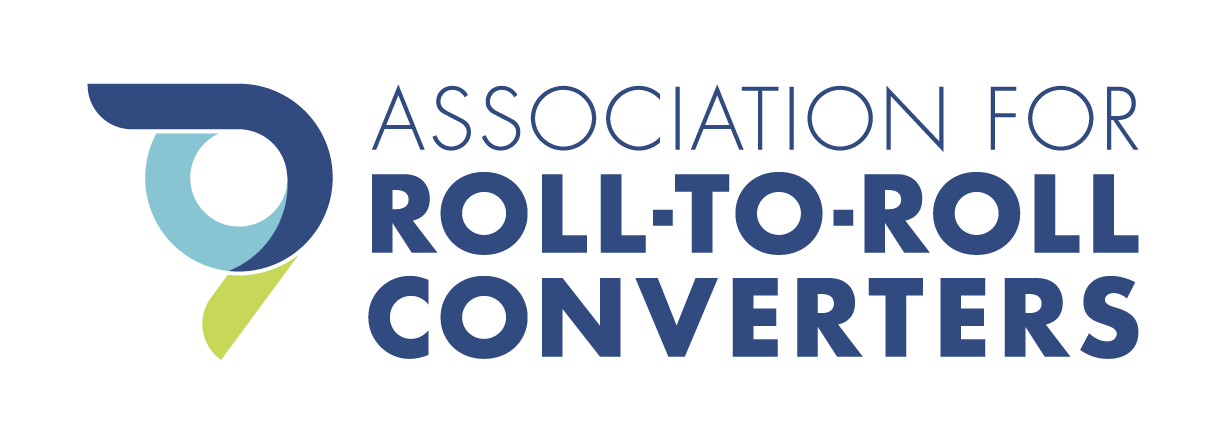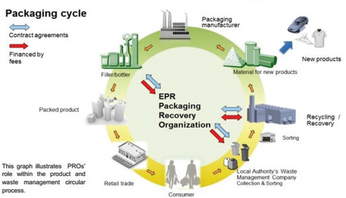Static Control for Gravure Coating Electrostatic Assist
Presented by Kelly Robinson, Electrostatic Answers LLC
High-quality images may be gravure printed on a variety of substrates including insulators like polyethylene (PE) and polyethylene terephthalate (PET). However, when ink transfer is poor, voids occur in printed images causing the “snowflake” defect. Electrostatic assist (ESA) for gravure coating greatly reduces the snowflake defect by using electrostatic forces to draw ink from the gravure cells onto the printed substrate. Many gravure inks contain ignitable solvents that evaporate quickly, reducing drying loads, and enabling higher line speeds. Static charges on the insulating webs including charges from ESA can cause sparks that ignite the solvent vapors. Static dissipaters are needed on gravure printing lines to prevent static sparks. Our measurements show that ESA can deposit electrical charges with the ink onto the printed side of the insulating web. And, these charges can be sufficient to cause incendive sparks. Static dissipaters are required on the web span exiting the coating nip to prevent ignitions.
This post is for paying members only
SubscribeAlready have an account? Log in

